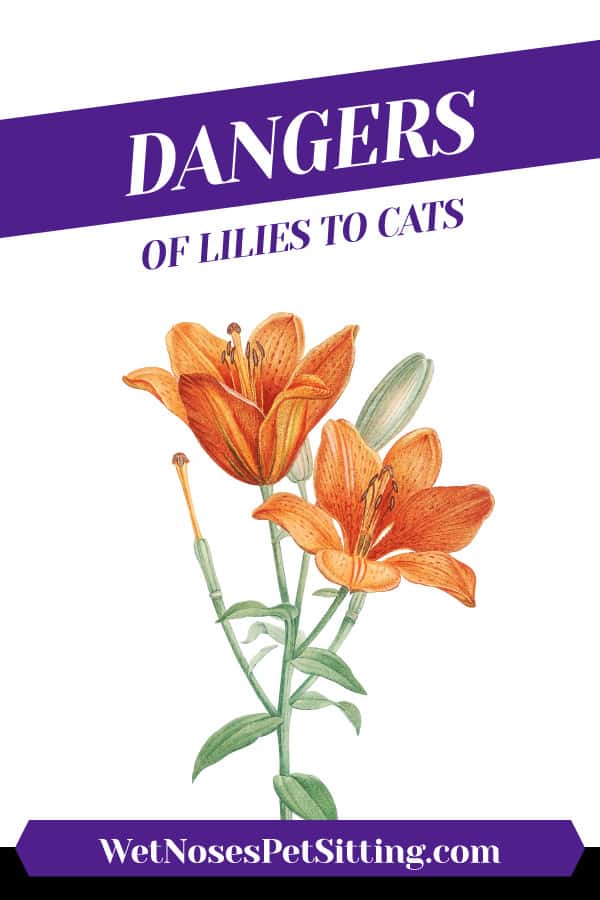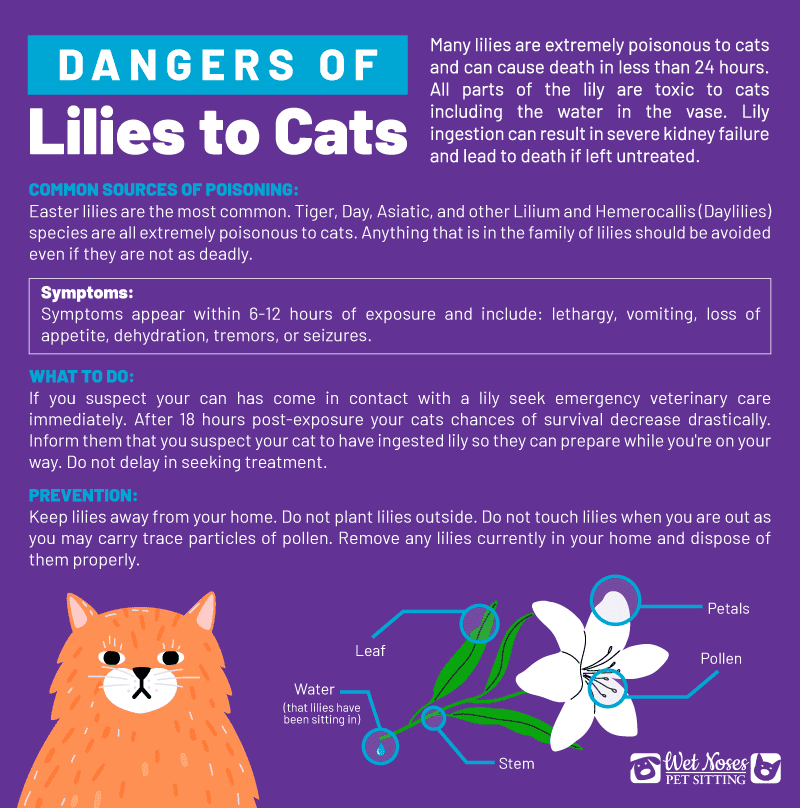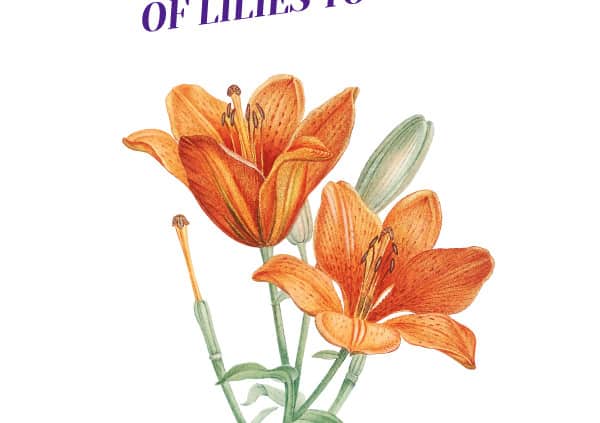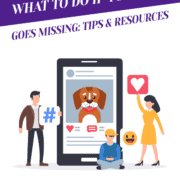Dangers of Lilies to Cats
 Dangers of Lilies to Cats
Dangers of Lilies to Cats
If you’re a new cat owner you may not be aware of the dangers of lilies to cats. Many lilies are extremely poisonous to cats and can cause death in less than 24 hours. All parts of the lily are toxic to cats including the water in the vase. Lily ingestion can result in severe kidney failure and lead to death if left untreated.

Light arum lilies flower plant indoor by Scopio from NounProject.com
Common sources of poisoning.
Easter lilies are the most common. Tiger, Day, Asiatic, and other Lilium and Hemerocallis (Daylilies) species are all extremely poisonous to cats. Anything that is in the family of lilies should be avoided even if they are not as deadly. If you’re not sure if your lily is safe it’s better to remove it than keep it.
Cats do not have to eat the plant for it to be fatal.
Cats do not have to ingest petals or leaves for the lily to be fatal. Rubbing up against the plant can get pollen on their fur, ears, eyes, nose, or paws. As cats clean themselves frequently, lily poisoning is more often caused by ingestion of pollen rather than the petal or leaves itself. Even the water lilies sit in can be fatal to cats if they drink it.
Why is the lily so toxic to cats?
We don’t actually know what makes lilies so toxic to cats. [1] This means there is no blood test to confirm if your cat has ingested the lily toxin before starting dialysis.
Symptoms of lily poisoning.
It does not take much for a cat to ingest a lethal amount of the toxin. A single lick of any of these plants can be fatal. Symptoms appear within 6-12 hours of exposure and include: lethargy, vomiting, loss of appetite, dehydration, tremors, or seizures.
What to do if you suspect your cat has come in contact with a lily.
If you suspect your can has come in contact with a lily seek emergency veterinary care immediately. Do not wait to get an appointment with your normal vet. After 18 hours post-exposure your cats chances of survival decrease drastically. Inform them that you suspect your cat to have ingested lily so they can prepare while you’re on your way. Do not delay in seeking treatment. Pet poison hotlines will tell you to seek veterinary care.
Prevention in key.
- Keep lilies away from your home.
- Do not plant lilies outside – stray and feral cats are just as susceptible to lily poisoning as indoor cats and are unlikely to get treatment in time.
- Do not touch lilies when you are out as you may carry trace particles of pollen back into your home.
- Remove any lilies currently in your home and dispose of them properly.
- You can rehome lilies but make sure the person you’re rehoming them to does not have any cats and does not come in contact with cats. Make sure to ask before giving away your plant.
- Inform friends and family about lily poisoning and to not send any flower bouquets that contain lilies.
Not sure if your plant is actually a lily?
That’s ok! You can use a plant identification app to ID your plant. If your app is confused or you get multiple results, it’s best to get rid of the plant to be safe.

Did you learn something new about lilies and cats? Let us know in the comments your thoughts.















Leave a Reply
Want to join the discussion?Feel free to contribute!